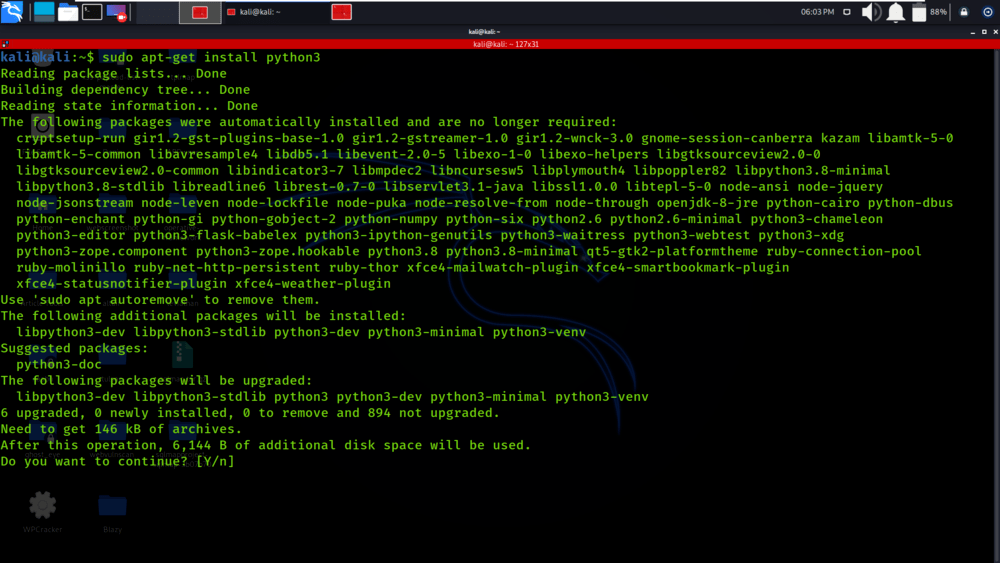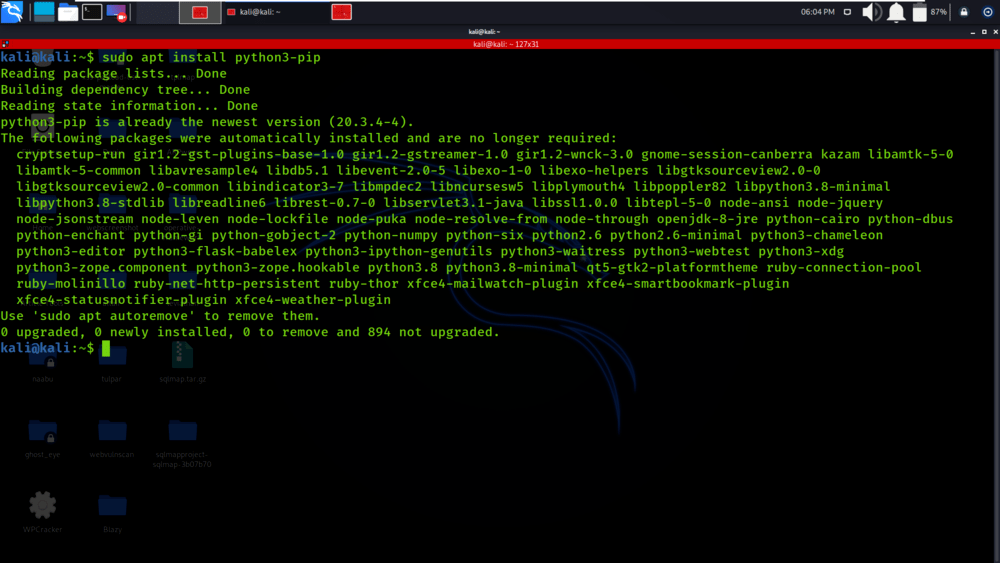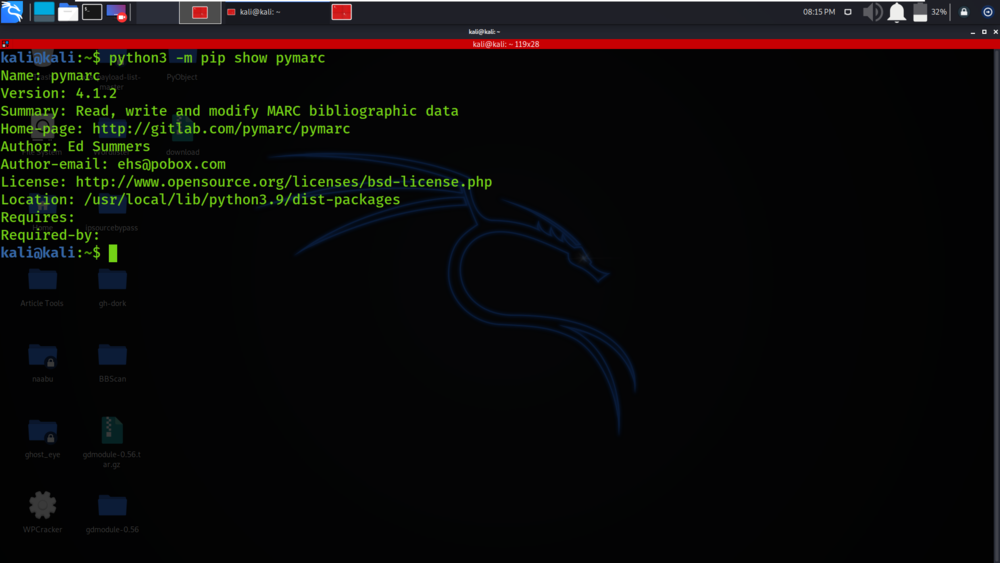
|
|
Pymarc is a python package for working with bibliographic data encoded in MARC21. Pymarc provides an API for reading, writing, and revising MARC records. It was mostly designed to be an emergency eject seat, forgetting your data assets out of MARC and into some kind of more rational representation. In this article, we will be installing the Pymarc package in Python on Linux operating system. Installing Pymarc package on Linux using PIPRequirements: To install the Pymarc package in Linux follow the following steps: Step 1: The first step is to set up a Python3 environment on your Linux OS. So, in this step, we’ll use apt manager to install Python3.
Step 2: To install any Python package, we’ll require a PIP manager, which is a Python package installation program. The installation of the PIP manager using apt is described in the steps below.
Step 3: In this step, we’ll actually use the PIP manager to install the Pymarc package. To install the pickle package, simply run the command below on the terminal.
Verifying Pymarc package installation on Linux using PIPAfter you’ve installed the package, the next step is to double-check it. So, in this stage, we’ll only use the terminal to get the information about the installed package (Pymarc).
Below output will be shown in the terminal after successful installation of the Python-pymarc on Linux
|
Reffered: https://www.geeksforgeeks.org
| Geeks Premier League |
Type: | Geek |
Category: | Coding |
Sub Category: | Tutorial |
Uploaded by: | Admin |
Views: | 9 |


